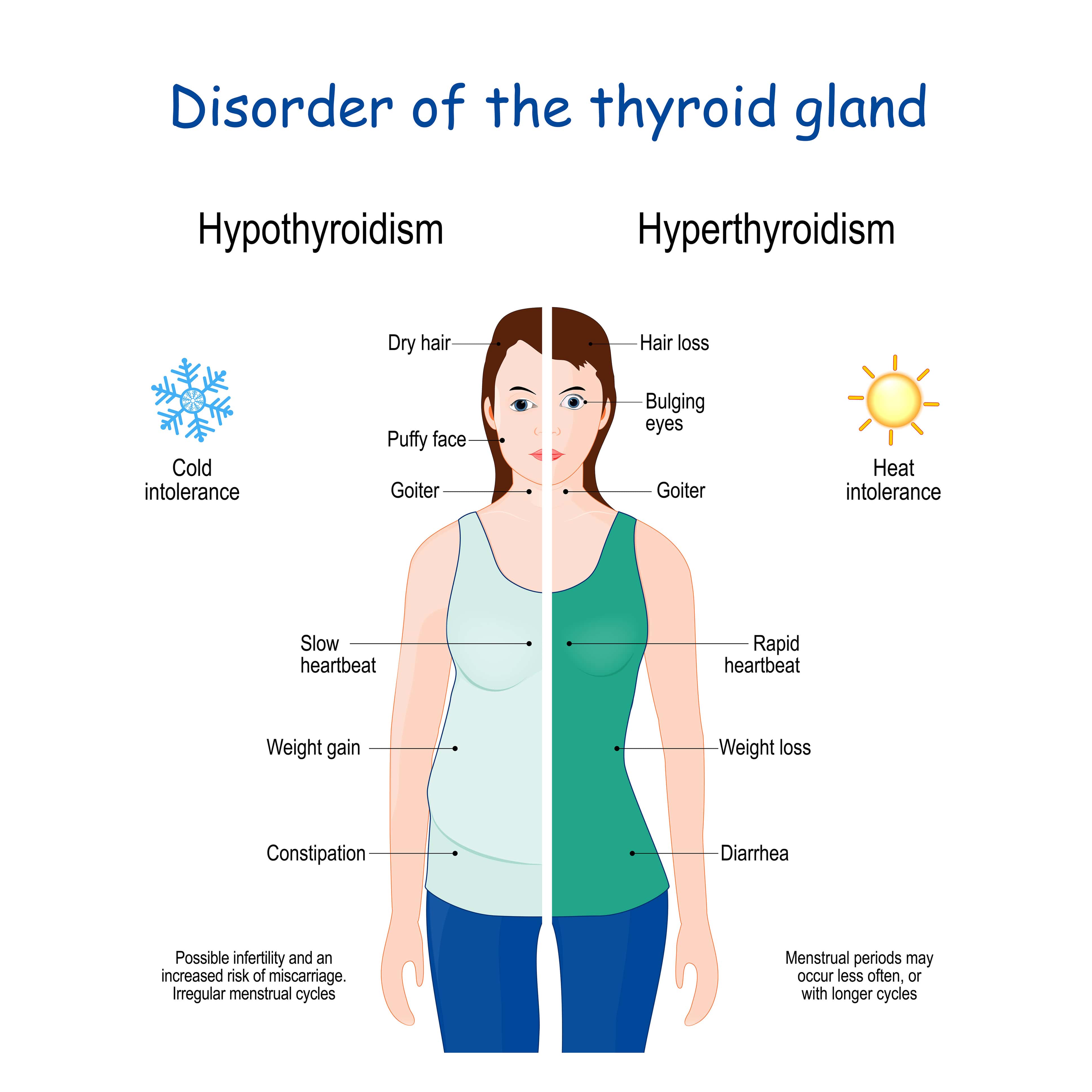
Hypothyroidism and hyperthyroidism are two different diseases with a common culprit—the thyroid. This small, butterfly-shaped gland is located at the bottom of your neck, right below the Adam’s apple. The thyroid releases two hormones–triiodothyronine (T3) and thyroxine (T4)–which regulate things like your weight, metabolism, body temperature and brain function. When your thyroid is out of balance, it may underproduce or overproduce hormones, resulting in thyroid disease. Many people suffering from a thyroid disease are unaware they have it. When left untreated, hypothyroidism can lead to serious complications, such as heart disease, infertility and depression. On the other hand, undetected and…
Read More
Most people suffering from an autoimmune thyroid disease (AITD) are diagnosed with either Graves’ disease or Hashimoto’s disease. In both cases the body’s immune system identifies the thyroid as a threat and attacks it. The thyroid’s reaction is the primary differentiator between the two conditions. Hashimoto’s disease, which causes hypothyroidism, is the more common of the two. What Are Hypothyroidism and Hyperthyroidism? From the most superficial standpoint hypothyroidism is when your thyroid is underactive. Hyperthyroidism is when your thyroid is overactive and overproducing thyroid hormones. What Does an Overactive or Underactive Thyroid Mean? Your thyroid is a gland that produces…
Read More